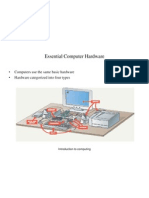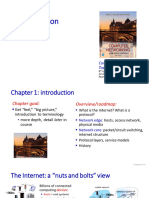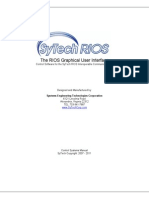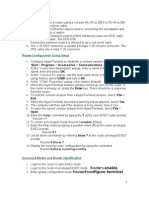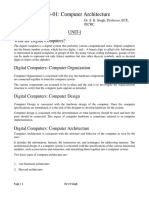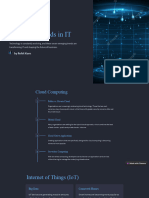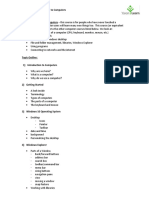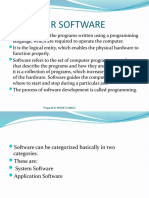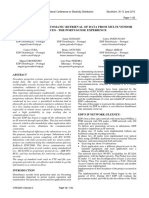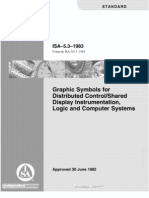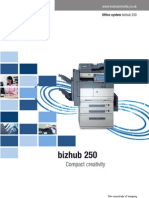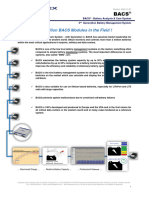0% found this document useful (0 votes)
166 views11 pagesIntroduction To Computer
introduction to computer basics
Uploaded by
vi3doh001Copyright
© © All Rights Reserved
We take content rights seriously. If you suspect this is your content, claim it here.
Available Formats
Download as PPTX, PDF, TXT or read online on Scribd
0% found this document useful (0 votes)
166 views11 pagesIntroduction To Computer
introduction to computer basics
Uploaded by
vi3doh001Copyright
© © All Rights Reserved
We take content rights seriously. If you suspect this is your content, claim it here.
Available Formats
Download as PPTX, PDF, TXT or read online on Scribd
/ 11
